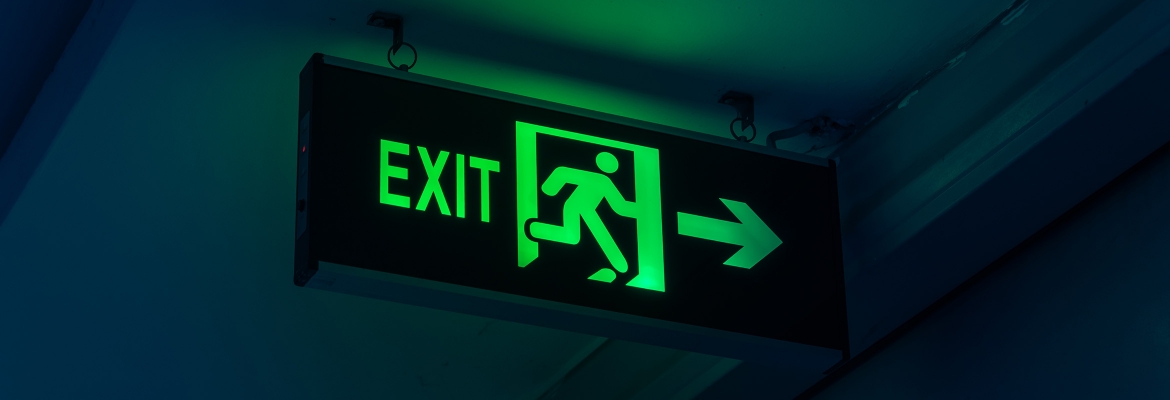How to: light escape routes
March 2019
March 2019
The power is down, and the lights are off, everyone needs to safely and calmly leave the building (or covered car park). For this to happen escape routes must be defined and lit to meet legal requirements such as BS EN 1838 Lighting applications – Emergency lighting, BS 5266 - Emergency lighting and BS EN50172 – Emergency escape lighting systems.
The Grenfell Tower tragedy brought the issue of fire safety to the fore. Escape route signage is important, however alone it’s no substitute for adequate lighting. This requires the use of emergency luminaires, which normally operate automatically; and in the event of a power failure provide enough light to enable all occupants to evacuate the premises.
All new buildings have emergency lighting as standard (you may want to consider downlights, bulkheads or an illuminated handrail). The equipment specified by designers must meet with current building regulations and any local authority requirements. Typically (and arguably understandably), the focus has always been on internal escape route lighting – corridors and open areas that take you to the main door or a predefined meeting point; but (as an exterior lighting manufacturer) this guide looks at what happens once you get outside.
Unfortunately, the standards don’t refer to exterior lighting specifically, other than the basic prerequisite that you need to provide an exterior emergency light at each final exit. Commonly, a bulkhead is used but there are other possibilities including wall luminaires.
What’s the difference I hear you say? Find out in our how to: light with wall luminaires >

In an emergency situation, the potential for hazards: with vehicles and people moving around the building is high. Therefore, the lighting around the exterior of your building and escape route to a place of safety should not be forgotten.
Below we have listed our 5 best practice guidelines for consideration.
Do you have a project which would benefit from escape route lighting?